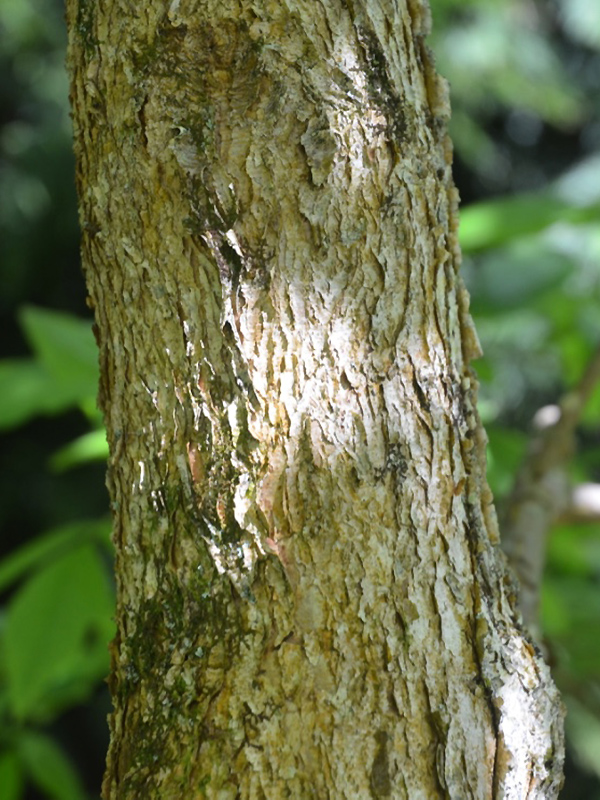Acer triflorum (Three-Flower Maple)
Botanical Information
| Family | Sapindaceae (Aceraceae) |
| Genus | Acer |
| Species | triflorum |
| Category | Woody |
| Type | Tree (deciduous) |
| Origin | Native to China and Korea. Discovered by Ernest H. Wilson in Korea in October 1917. |
Details
| USDA Hardiness Zone | 4 - 7 |
| USDA Hardiness Ref. | |
| Canadian Hardiness Zone | 5-6b |
| Canada Hardiness Ref. | |
| RHS Hardiness Zone | H7 |
| RHS Hardiness Ref. | |
| Temperature (°C) | -34 -(-9) |
| Temperature (°F) | -30 -5 |
| Height | 8-10 m |
| Spread | 8-10 m |
| Growth | Medium |
| Flowering Period | April |
Description and Growing Information
| General Description | This species has been placed on the IUCN Red List as globally threatened. |
| Landscape | Small landscape tree. |
| Cultivation | Medium, moist and acidic well drained soil in full sun to partial shade. |
| Notable Specimens | Westonbrit, The National Arboretum, Tetbury, Gloucestershire, England. The first and still the largest specimen in North America is found at The Arnold Arboretum, Boston, Massachusetts, United States of America. National Trust Trelissick Garden, Feock, near Truro, Cornwall, United Kingdom. |
| Bark/Stem Description | Its ashy-brown and vertically fissured bark peels in in autumn revealing the orange-brown inner bark. Shoots are slender, warty, and glabrous. |
| Flower/Leaf Bud Description | Bud scales are 11-15 paired. |
| Leaf Description | Leaves 2.5-6 cm and trifoliate, turn a vibrant shade or orange to red in autumn. |
| Flower Description | Greenish-yellow flowers in clusters of 3. |
| Fruit Description | Nutlet is thick and densely pubescent, up to 5 cm, produced in September. |
Photographs
Acer triflorum, form. The National Arboretum, Tetbury, Gloucestershire, England.
Acer triflorum, leaves. The National Arboretum, Tetbury, Gloucestershire, England.
Acer triflorum, seed. The National Arboretum, Tetbury, Gloucestershire, England.

Acer triflorum, form. National Trust Trelissick Garden, Feock, near Truro, Cornwall, United Kingdom.

Acer triflorum, leaf. National Trust Trelissick Garden, Feock, near Truro, Cornwall, United Kingdom.

Acer triflorum, bark. National Trust Trelissick Garden, Feock, near Truro, Cornwall, United Kingdom.
Awards
